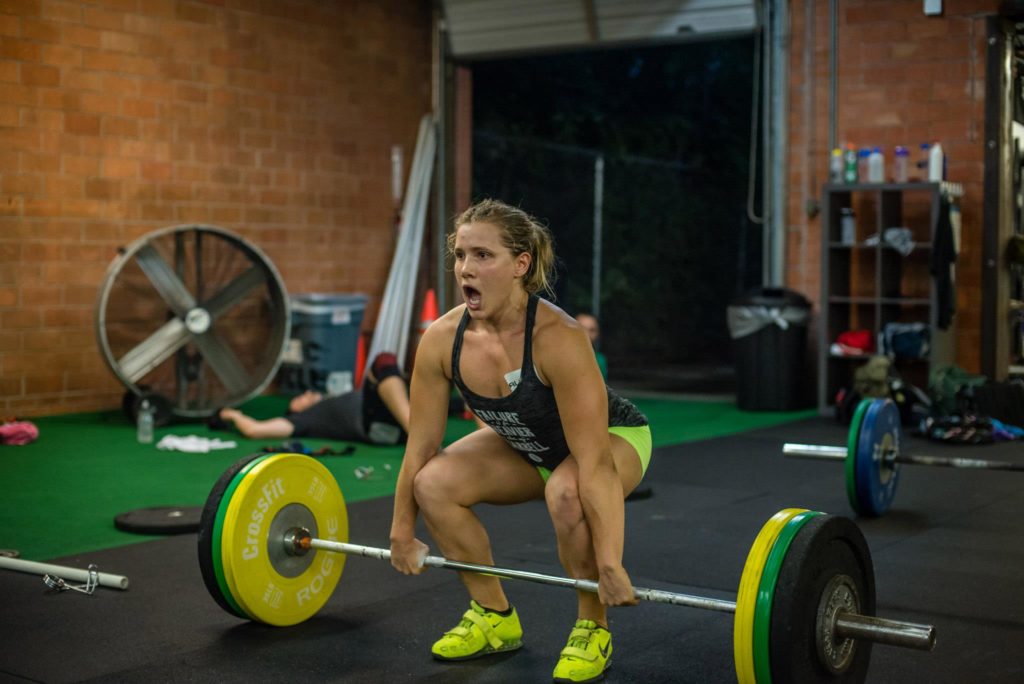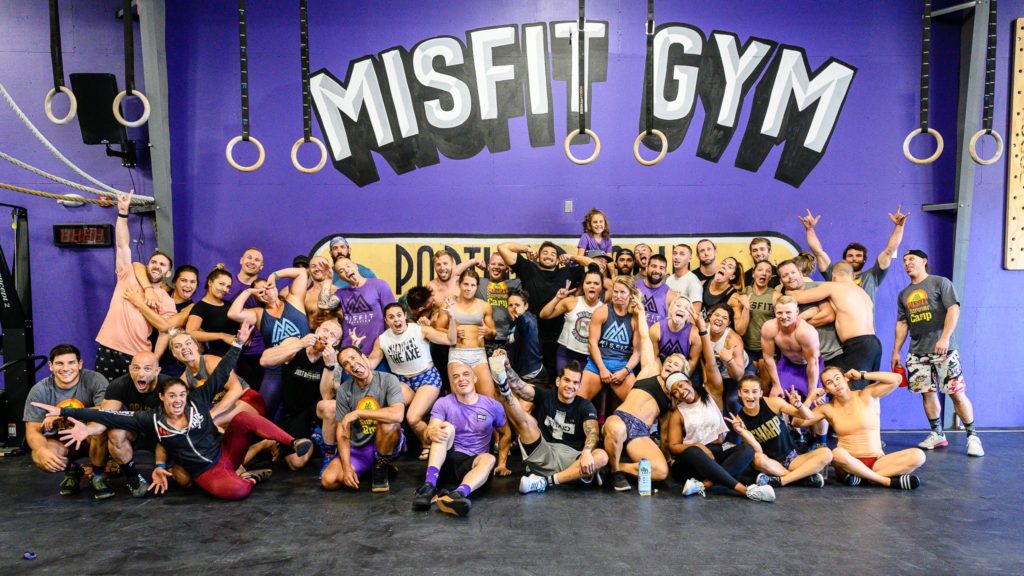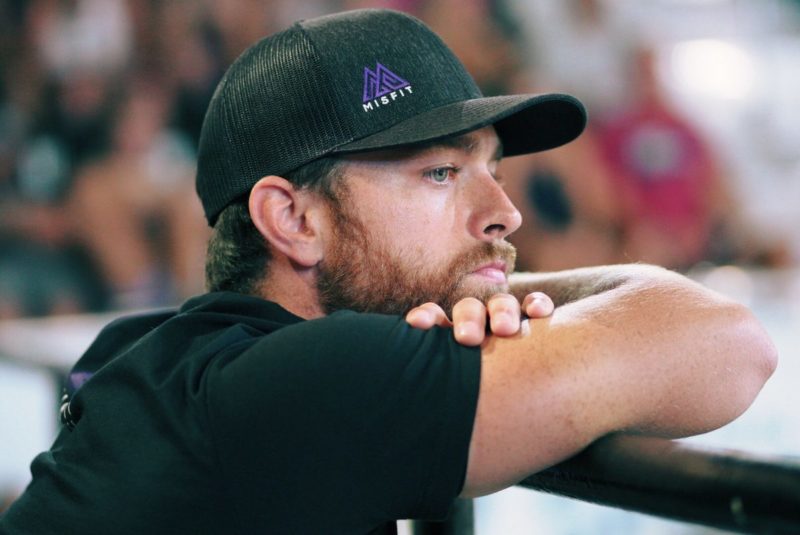Post Open Action Plan
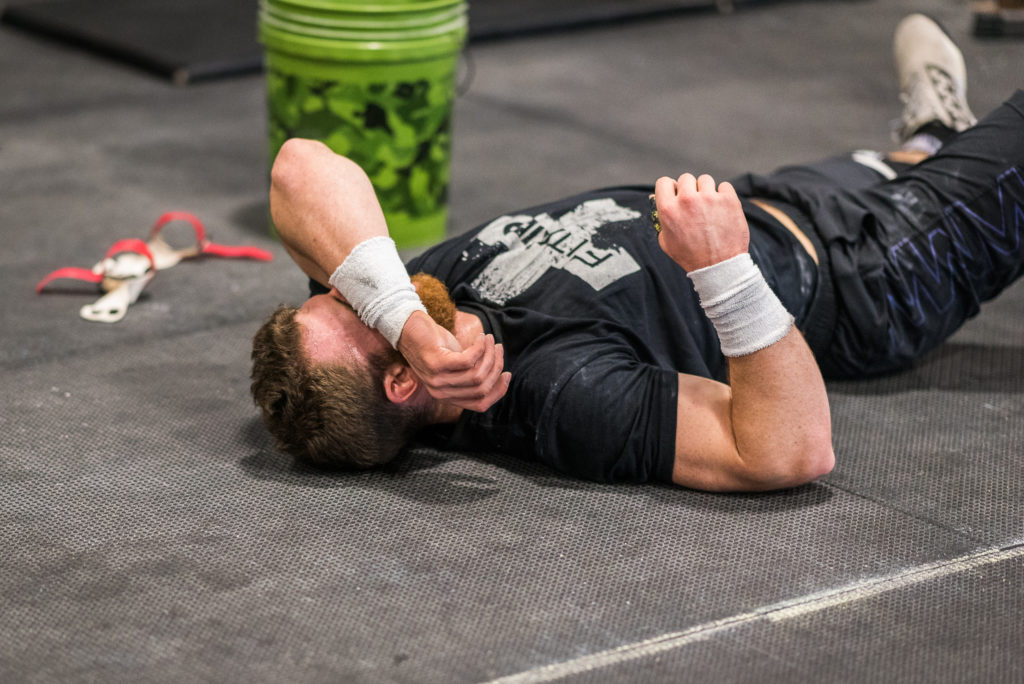
The Open is Over, What Now? The Misfit Athletics Post Open Action Plan
Monday evening, 5PM PST, signaled the end of the 2017 CrossFit Games season for most. Another year of hard work and sacrifice leaving so many short of their goal and wondering what the next move is. Before we get into how to attack this question, it is important to outline the most common reactions we see when someone falls short of what they set out to do in The Open. For many, it’s a no-brainer. Take a few days to clear the head and get right back to it. The loss becomes the motivation for another year. For others, there is a real internal battle of whether the lifestyle is worth it to them, and many decide that it’s not. I say that both scenarios deserve the same vetting process for two specific reasons. The first being the harsh fact that it truly takes another very full year of dedication and that motivation from the sting of defeat wears off quickly for a lot of people while the crowd of athletes questioning another season slowly decide to get back after it as the year goes on. The second reason is a simple statement with vast ramifications; this commitment is a big fucking deal. What follows below is a four-step action plan to help you set your season up for success. In today’s web 2.0 landscape it is the norm to read an article, feel something about it, share it, and then move on to the next one. I’m begging everyone that reads this article to go snag good old fashioned pen and paper and write their plan out step by step, I promise it will make a profound difference if you stick to it.
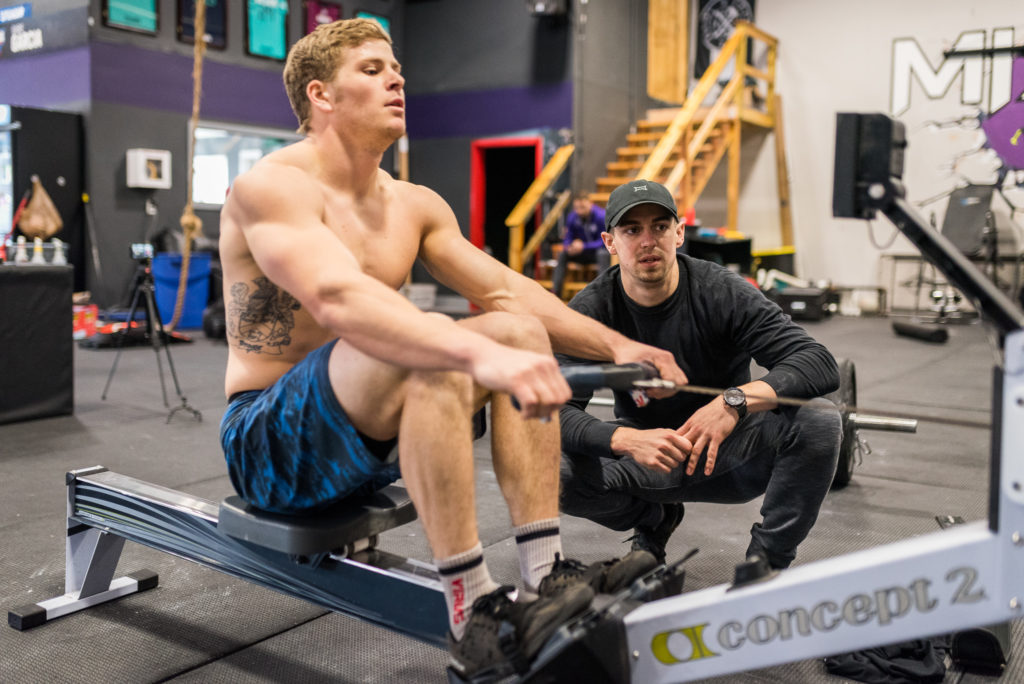
Step 1: State Your Purpose
Plain and simple, there has to be a reason for this madness. Either you’re well aware of the commitment it takes to succeed in this sport because you’ve done it, or witnessed it. There are too many weeks, days, sessions, workouts, reps, sacrifices, and so on to do it for no reason, or potentially even worse, a trivial reason. Many of us are momentarily motivated by defeat, envy, FOMO, and Instagram followers. The moment these pursuits fail us are the moments we need motivation the most. The darkness of 344 meters into your third of five 1k row repeats demands a real purpose, and your training demands you finish with everything you’ve got. So after you’ve decided the answer to another season is yes, you need to dig deep and find the reason you’ll keep at it all year long. One exercise you can use to whittle your purpose down to its core is an exercise I like to call “the kid game”. Ask yourself why. Then, when you have answer, ask why again, and again, and again, until you have that clear sentence you can write down and rely on when you glance at it every day.
Step 2: Build in Accountability
With a clear, meaningful purpose established you’ve taken a big step in the right direction. Now it’s time to outline a means of accountability to ensure you stay on track. Goal setting, both micro and macro, can be a great way to facilitate an “eyes on the prize” mentality for a long period of time. For this action plan we are going to focus specifically on the big picture, but breaking those goals down into smaller pieces and even re-evaluating them throughout the year is always a good idea. Once the goal for your season is on paper it’s time to figure out who in your life would do the best job of holding you to the pursuit, regardless of your present state of mind. They need to know your goal, what it means to you, and that they might have to set you straight a time or two over the course of the next year. Last but not least you must tell yourself the goal. Put reminders in plain site wherever you need them. Even the most genuinely motivated and dedicated athletes have those deep dark moments where a reminder of the big picture would do wonders.
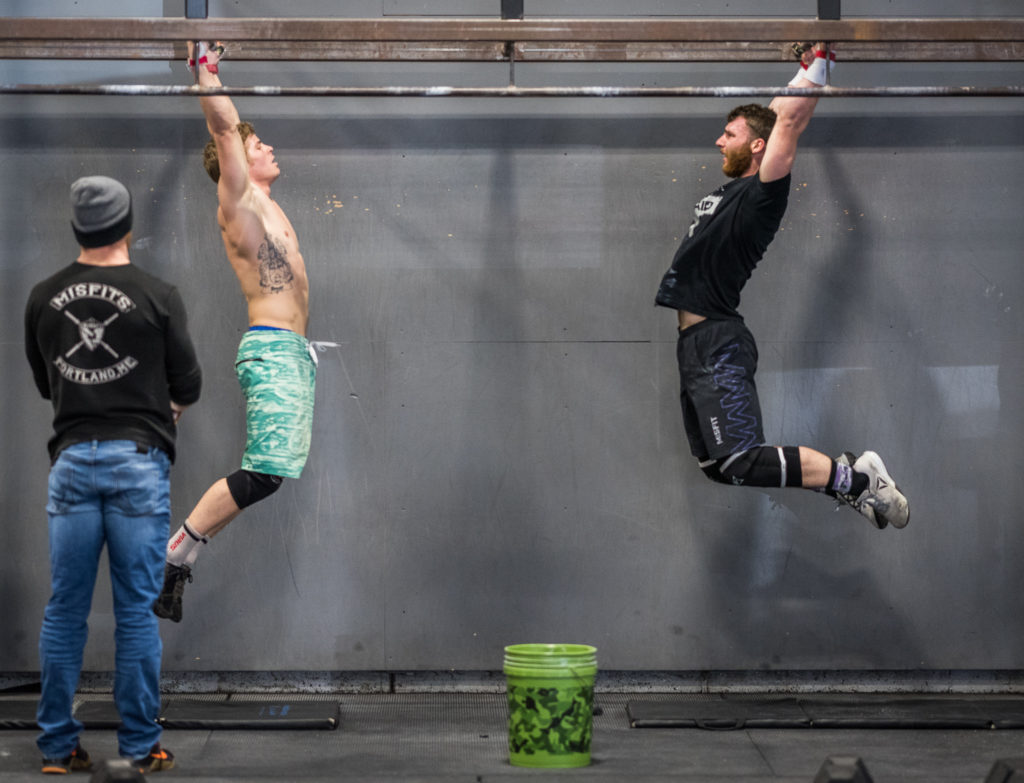
Step 3: Assemble Your Team
One of the biggest secrets to success in this sport is an athlete’s ability to pursue their goals without the added stress of feeling guilty about their time commitment and social sacrifices. If you want to be as successful as you can be, your inner circle not only needs to understand what you’re doing, they need to support it. Choose to surround yourself with these people when you can, and be honest, positive, and passionate when explaining to others why you need them to reframe their opinion of it. The next additions to your team needs to be training partners. This is one of the most overlooked advantages in the entire community. If you “win” the majority of the time, you need to expand your search and be willing to travel a bit to keep yourself in check. Your perception of how hard you’re going is not always black and white, and to learn the truth about that, you need a good mix of training partners to go into battle with at least a few times a week. The last piece to this puzzle is a coach. Many people confuse needing a coach with needing a program. On top of being obsessed with movement efficiency, a real coach takes on the role of support, motivation, therapist, and on down the list of ways to explain being what you need them to be. Some athletes have the luxury of having that right at their gym or receive it for free based on their abilities, but most of you will need to begin a search to find someone that is both willing and able.

Step 4: Take the Power Away From Your Weaknesses
No CrossFitter is completely foreign to the power of the mind, both from a positive and negative viewpoint. That being said I rarely come across an athlete that doesn’t have a skewed perception of their own strengths and weaknesses. A true weakness is something you’ve attacked head on with a solid plan and a positive attitude, that still refuses to budge. That scenario is extremely uncommon. As part of your action plan, take the time to jot down your perceived strengths and weaknesses, and be honest in your assessment of why they’re on one side or the other. Whether you’re ready to admit it or not, things end up on one side or the other based a lot more on opinion and neglect than anything else. This means our first step in ridding ourselves of weakness is changing our outlook on them, and only then can we truly attack them with the hopes of sliding them over to the strength column. With your new attitude about these movements or weights or energy systems, you are at an advantage to finally change your abilities, but you still need a plan. Weakness work needs to be split up into categories where you acknowledge their demand on your energy for any given day/week/cycle. Skill or technique work can be done much more often than heavy weightlifting or conditioning, and it’s imperative that you adjust your volume if you’re adding extra energy demand.
“You were born to win, but to be a winner, you must plan to win, prepare to win, and expect to win.”
If you’ve made it this far, you should have a page or two of notes ready to turn into a more precise action plan. If not, stop reading and do it, or just stop reading. The attitude that you don’t need to do an exercise like this is typically part of an attitude that will lead you back to falling short of your goal in 2018. Most of you reading this article are well aware that this is a competitive programming blog, so there’s no need for us to incorporate our feelings on what you should be working on inside of the gym. For that, just click the blog section and get to work. The main goal of this article is to shed light on the other side of things. On creating a frame of mind, lifestyle, and support system that can make your goals come to life. Whether you join Team Misfit on Monday, April 3rd for the beginning of 2018 Games prep or not, I really hope you take the time to evaluate these four things. I have no doubt in my mind it will be of huge significance.
